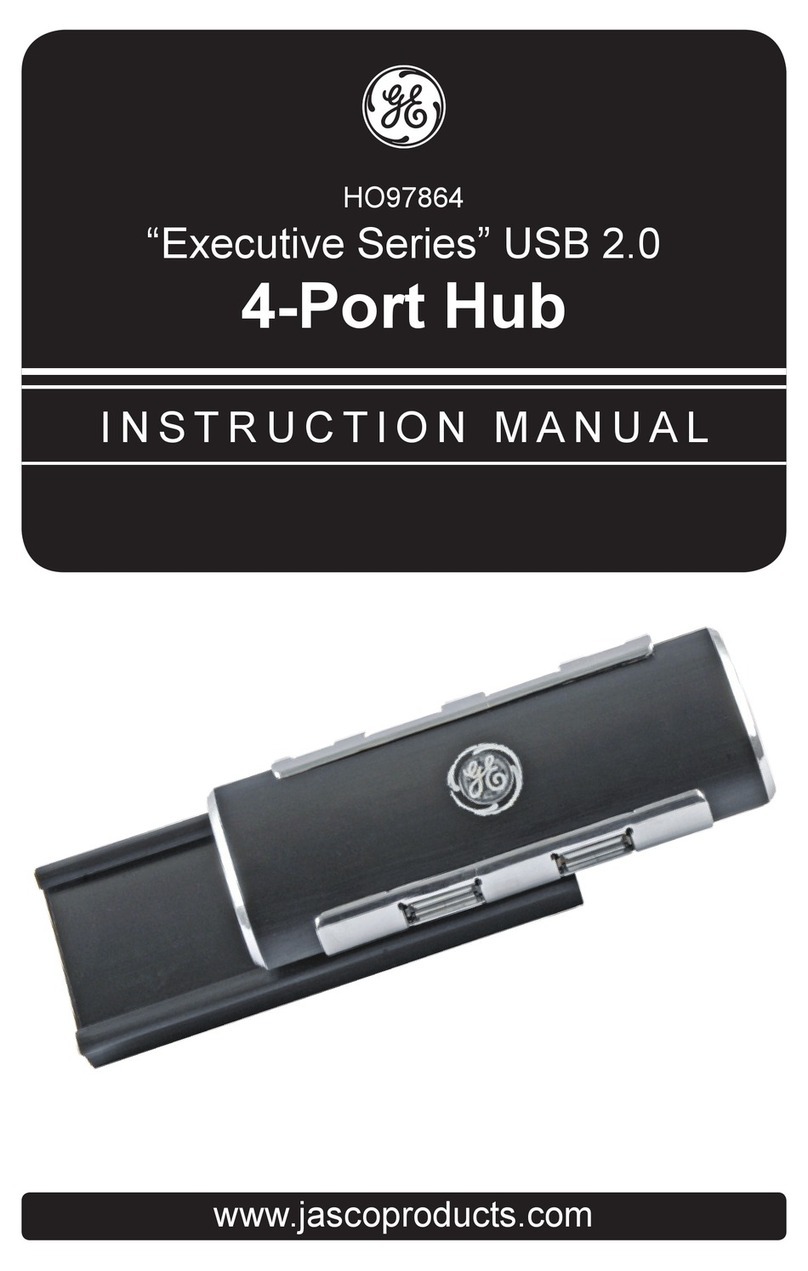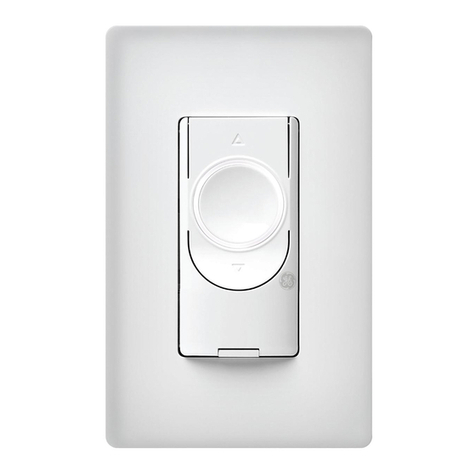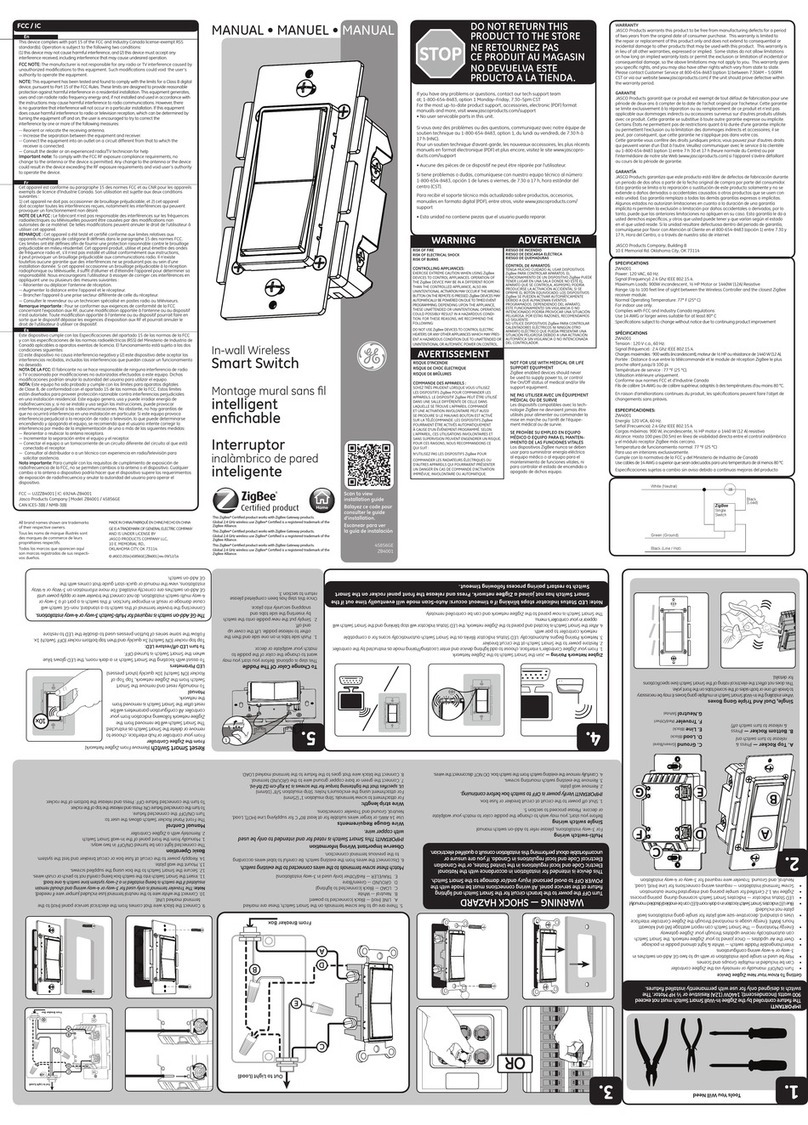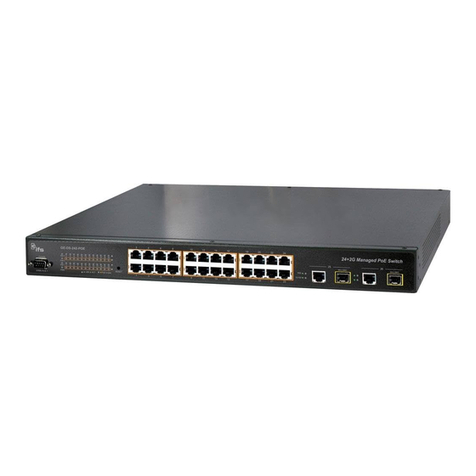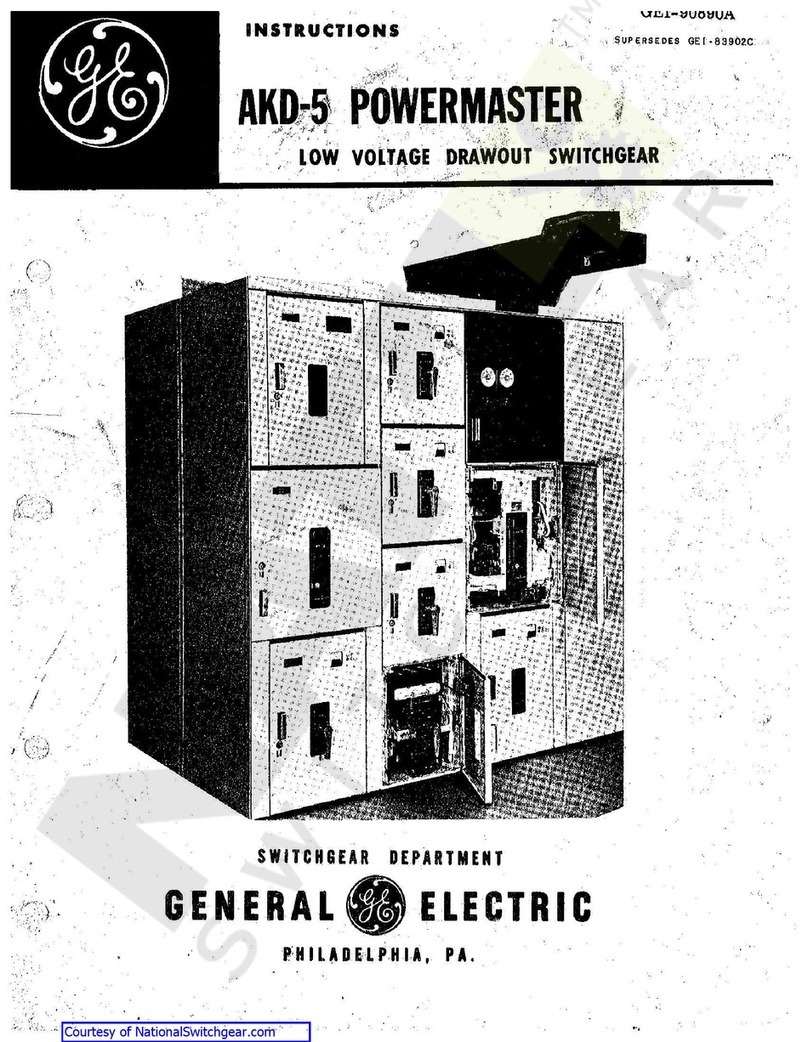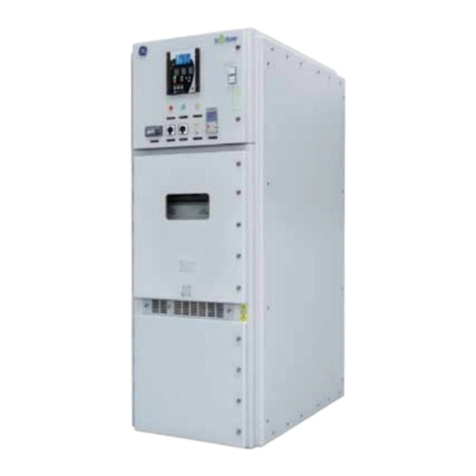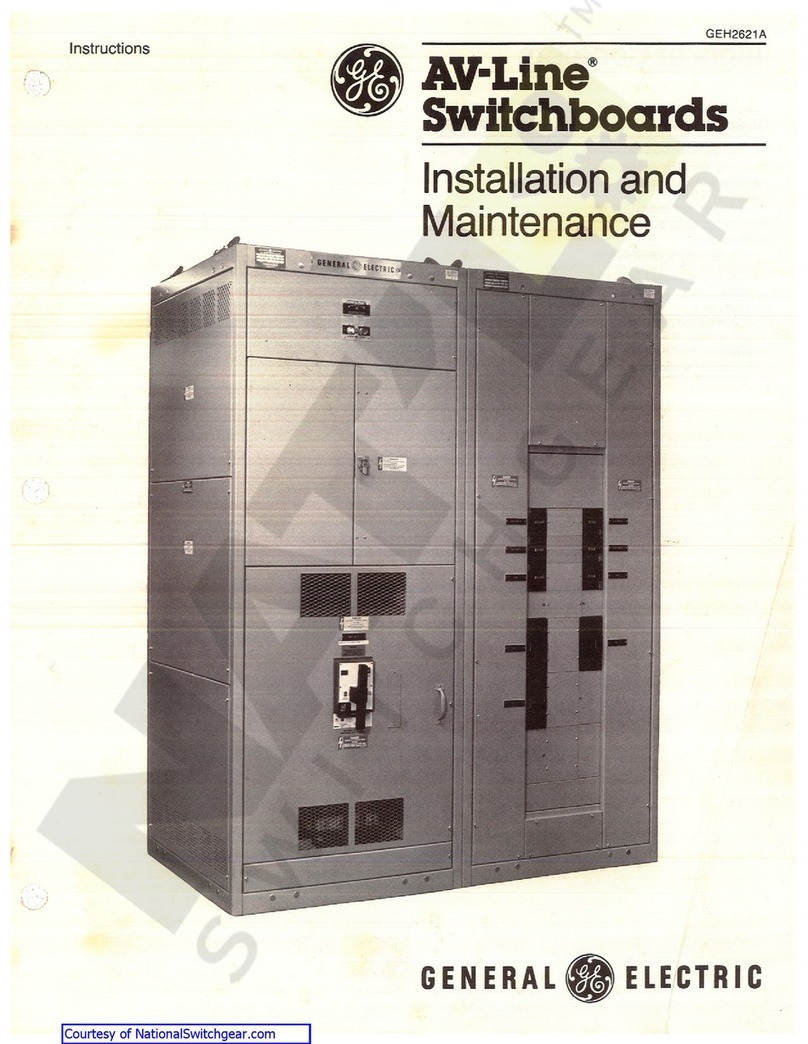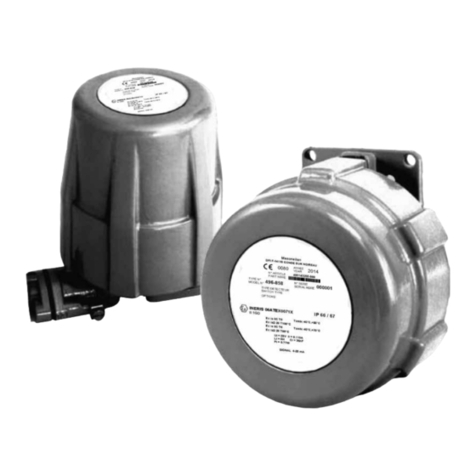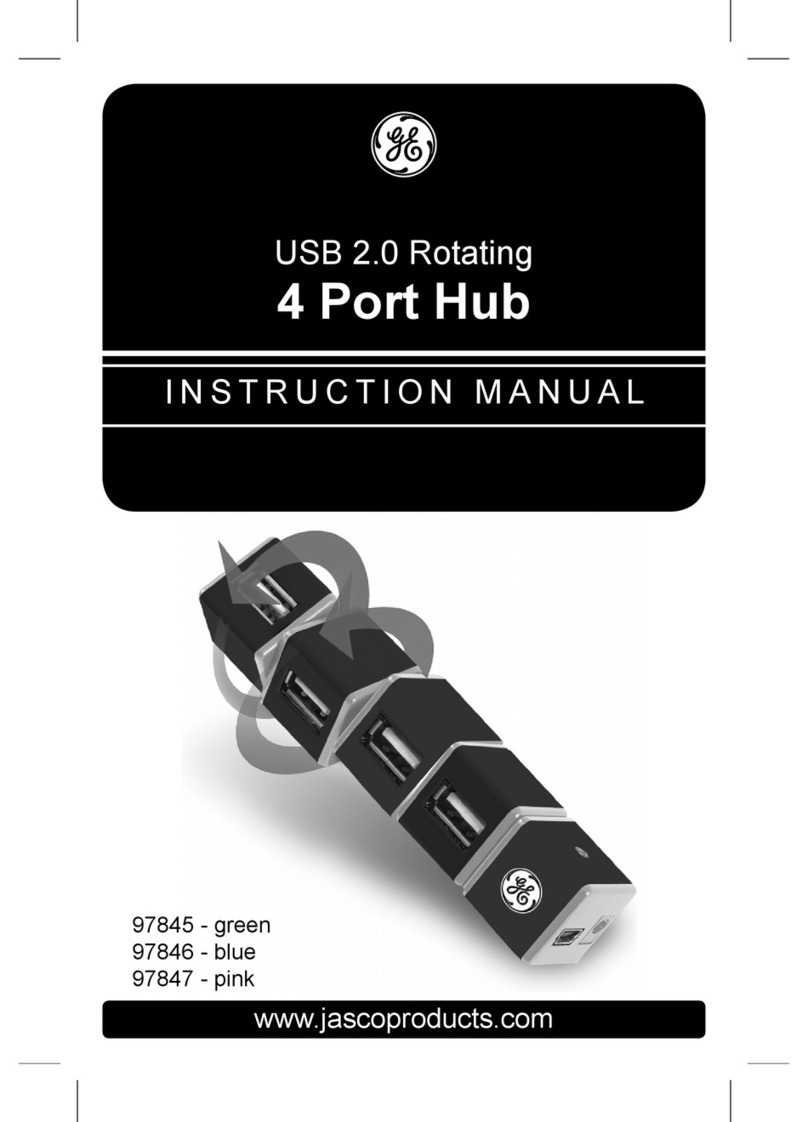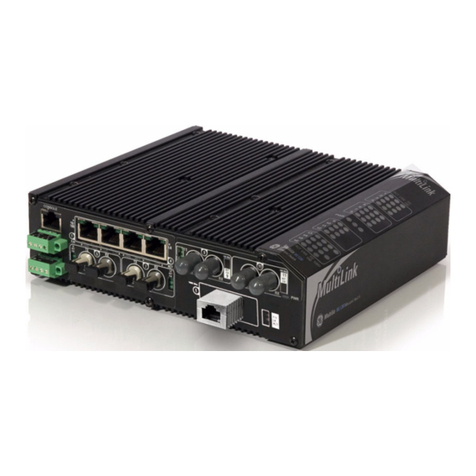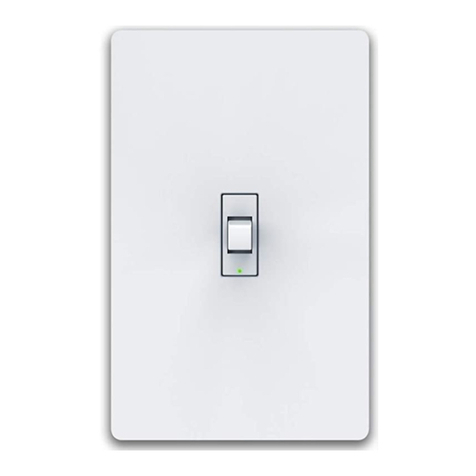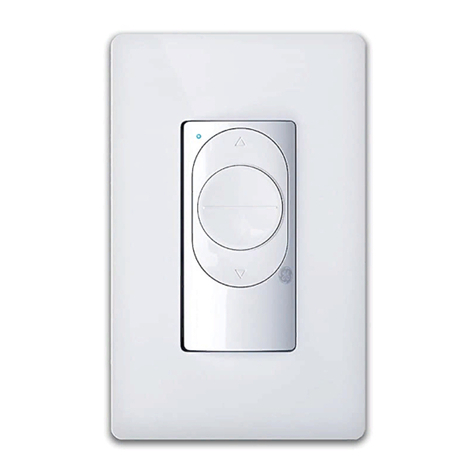
Figure 32: Example of Optical Patch Cord (Multimode Duplex LC/ST) 52
Figure 33: Fiber Budget 53
Figure 34: Reason H49 Web User Interface - Error during Login Process 57
Figure 35: Reason H49 Web User Interface - Agreement Conditions 57
Figure 36: Reason H49 Web User Interface – Start Page 58
Figure 37: H49 Web User Interface – Power Supply Status 59
Figure 38: H49 Web User Interface – Interfaces Status 60
Figure 39: H49 Web User Interface – Statistics of a Connected Interface 61
Figure 40: Reason H49 Web User Interface – Time Synchronization Status 61
Figure 41: Reason H49 Web User Interface – Logs Status 63
Figure 42: Reason H49 Web User Interface – Logs Status 64
Figure 43: Reason H49 Web User Interface – PTP Settings 66
Figure 44: Reason H49 Web User Interface – No Redundancy Mode Selected 68
Figure 45: Reason H49 Web User Interface – PRP RedBox Mode Selected 69
Figure 46: Reason H49 Web User Interface – SNMP Page 70
Figure 47: Reason H49 Web User Interface – SNMP Version Section 71
Figure 48: Reason H49 Web User Interface – SNMP Community Section 72
Figure 49: Reason H49 Web User Interface – SNMP Group Section for SNMP v1/v2c 72
Figure 50: Reason H49 Web User Interface – SNMP User Section for SNMP v3 73
Figure 51: Reason H49 Web User Interface – SNMP Group Section for SNMP v3 74
Figure 52: Reason H49 Web User Interface – SNMP View Section 74
Figure 53: Reason H49 Web User Interface – SNMP Access Configuration Section 75
Figure 54: Reason H49 Web User Interface – Device Management 76
Figure 55: Reason H49 Web User Interface – Select a Firmware File 77
Figure 56: Reason H49 Web User Interface – Start the Upgrade Process 77
Figure 57: Reason H49 Web User Interface – Firmware Upload Confirmation 77
Figure 58: Reason H49 Web User Interface – Select the Configuration File to be imported 78
Figure 59: Reason H49 Web User Interface – Start the Upgrade Process 78
Figure 60: Reason H49 Web User Interface – New Configuration Notification 79
Figure 61: Reason H49 Web User Interface – New Configuration Notification 79
Figure 62: Reason H49 Web User Interface – Downloading Running or Startup Configuration 79
Figure 63: Reason H49 Web User Interface – Configuration Export 80
Figure 64: Reason H49 Web User Interface – Reboot Button 80
Figure 65: Reason H49 Web User Interface – Confirmation Button 80
Figure 66: Reason H49 Web User Interface – Interface Configuration 81
Figure 67: Reason H49 – Location of M6 Screws to be removed 83
Figure 68: Reason H49 – Location of the Micro SD Card 84
Figure 69: Win32DiskImage Program – Select the SD Card Driver 84
Figure 70: Win32DiskImage Program – Select the Raw Image of the Switch 85
Figure 71: Win32DiskImage Program – Start the File Copy 85
Figure 72: Win32DiskImage Program – Confirm Overwrite process 85
Figure 73: Win32DiskImage Program – Overwrite process in progress 86
Figure 74: Win32DiskImage Program – Overwrite process done successfully 86
Figure 75: Reason H49 Web User Interface – VLAN Configuration 89
Figure 76: Multicast Filtering Principles 91
Figure 77: Reason H49 Web User Interface – Multicast Filtering Configuration 91
Figure 78: Reason H49 Web User Interface – Priority Configuration 92
Figure 79: Reason H49 Web User Interface – Security Configuration 93
Figure 80: Reason H49 Web User Interface – Certificate Management 94
Figure 81: Reason H49 Web User Interface – Local User Account Configuration 95
Figure 82: Reason H49 Web User Interface – User Account Settings Icon 99



